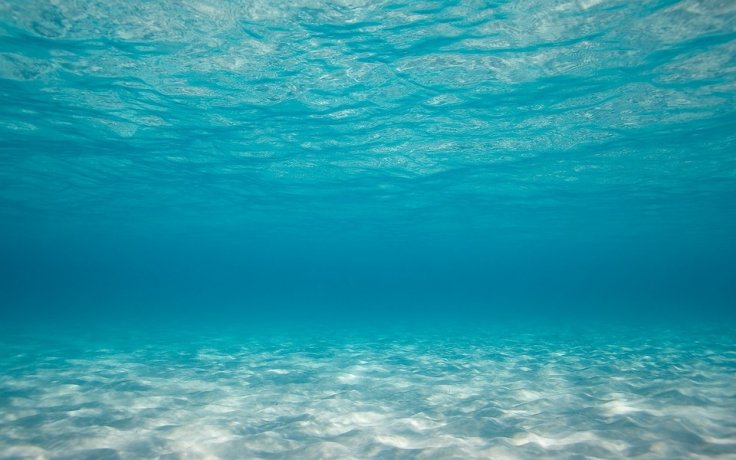In order to understand how heat is transferred across oceans through a major current, a scientist from NASA equipped an elephant seal with a special sensor. This allowed the scientist to understand the effect of ocean currents on global warming.
The new study published in Nature Geoscience was carried out by Lia Siegelman of NASA's Jet Propulsion Laboratory. It centered on the Antarctic Circumpolar Current that connects the Atlantic, Pacific and Indian oceans.

Studying The Antarctic Circumpolar Current
The Antarctic Circumpolar Current is regarded as one of the most important currents in the world due to its role in transferring heat to other oceans. Despite its significance, not much is known regarding its role in affecting climate mainly because its turbulent conditions make it hard to observe and study. Reports indicated that the current can produce eddies or violent swirling vortices that are 30 to 200 kilometers wide.
As a solution, Siegelman turned to an animal that can easily withstand the current's conditions: a southern elephant seal. For her study, the scientist attached sensors with an antenna to the head of the animal. Although the instrument was glued to the seal's head, Siegelman noted that it didn't harm the animal in any way and was carried out without violating any established ethical standards.
The Elephant Seal's Scientific Voyage
The elephant seal swam with the sensor through the areas crossed by the Antarctic Circumpolar Current for about three months. Through the data collected during its voyage, Siegelman learned exactly how the violent eddies produced by the current facilitated in the transfer of heat in the ocean.
"These medium-sized eddies are known to drive the production of small-scale fronts - sudden changes in water density similar to cold and warm fronts in the atmosphere," she explained in a statement. "We found that these fronts were evident some 500 meters [550 yards] into the ocean interior, not just in the surface layer like many studies suggest, and that they played an active role in vertical heat transport."

Findings Of The Study
According to Siegelman, heat from the Sun is naturally absorbed by the ocean's surface up to a certain point. Once the ocean reaches its threshold, the process of evaporation and precipitation begins. This prevents the surface from getting too hot. However, due to the heat transfer facilitated by the current, the ocean reaches its threshold at a much faster rate. This means it can no longer absorb as much heat from the Sun as it should.
Siegelman said this could explain how the current can affect the ocean's role in offsetting the effects of global warming. "This could be an important implication for our climate and the ocean's role in offsetting the effects of global warming by absorbing most of the heat," she explained.









